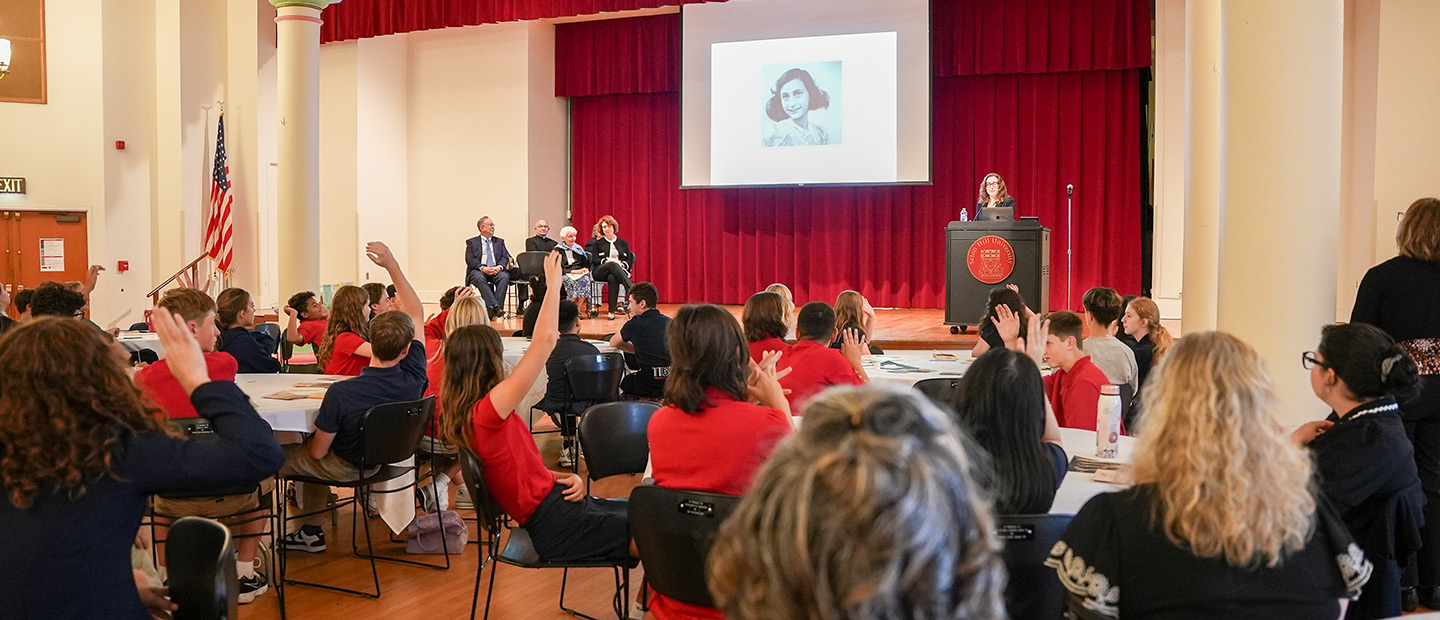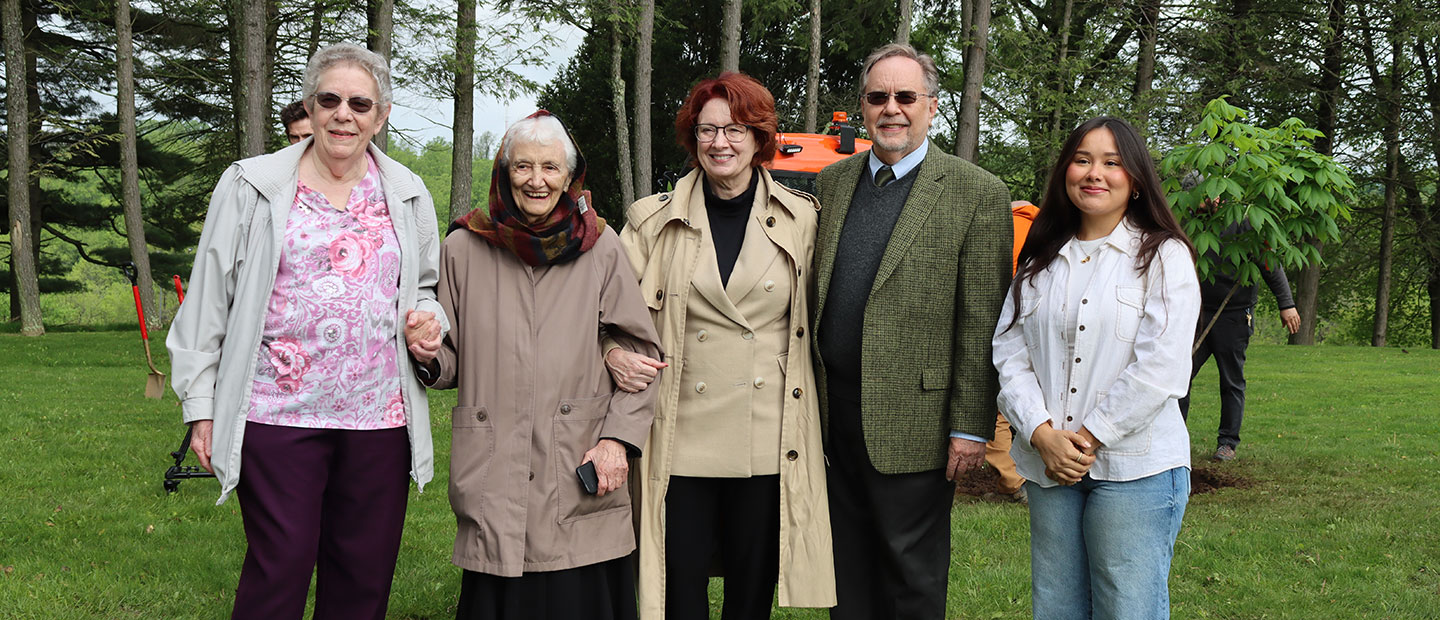The Mitzvah Project Brought to Seton Hill by the National Catholic Center for Holocaust Education
One-man play, lecture tells tragic story of Jews in the German military during WWII
Through one soldier's story, The Mitzvah reveals the startling history of tens of thousands of "partial Jews" who served in the German military, most of whom were discharged in 1940. Nearly all were sent to forced labor camps — or worse. However, a few thousand who had an "Aryan appearance" and who were deemed to be "valuable to the war effort," were exempted from race laws. A “Declaration of German Blood” (a Deutschblütigkeitserklärung) — signed by Hitler himself — allowed these select few thousand mischlinge to fight for the Nazi cause. Most died in battle.
On September 12, 2017 the National Catholic Center for Holocaust Education will host a performance of the The Mitzvah, a play and lecture that reveals the startling history of tens of thousands of “partial Jews” who served in the German military during WWII. The play’s co-creator Roger Grunwald stars. The event is free and open to the public.
Roger Grunwald, the co-creator and star of The Mitzvah (the play) and The Mitzvah Project lecturer, has been a professional performing artist for close to four decades. His concept for The Mitzvah Project was inspired by, and is in homage to, his mother who, as an Auschwitz survivor, used her wartime experience as a tool for teaching the lessons of history to young people. With his mother’s generation dying out, The Mitzvah Project represents Roger’s promise to use his skills to connect the theater and its capacity to touch people with the historical necessity of keeping the lessons of the Holocaust alive.
Grunwald will also lead a post-performance lecture and audience discussion that traces the chronology of the Jews in Germany - from Moses Mendelssohn, through the arrival, in the late 19th and early 20th century into Germany, of over a hundred thousand Jews from the Pale of Settlement (so-called Ost Juden) — to the rise of Hitler. Grunwald charts two centuries of German Jewish assimilation, intermarriage and conversion — the collective aspiration of generations of German Jews — to find a seat at the table within Germany’s dominant Christian culture.
Read the Tribune-Review article about the Seton Hill performance of The Mitzvah.



